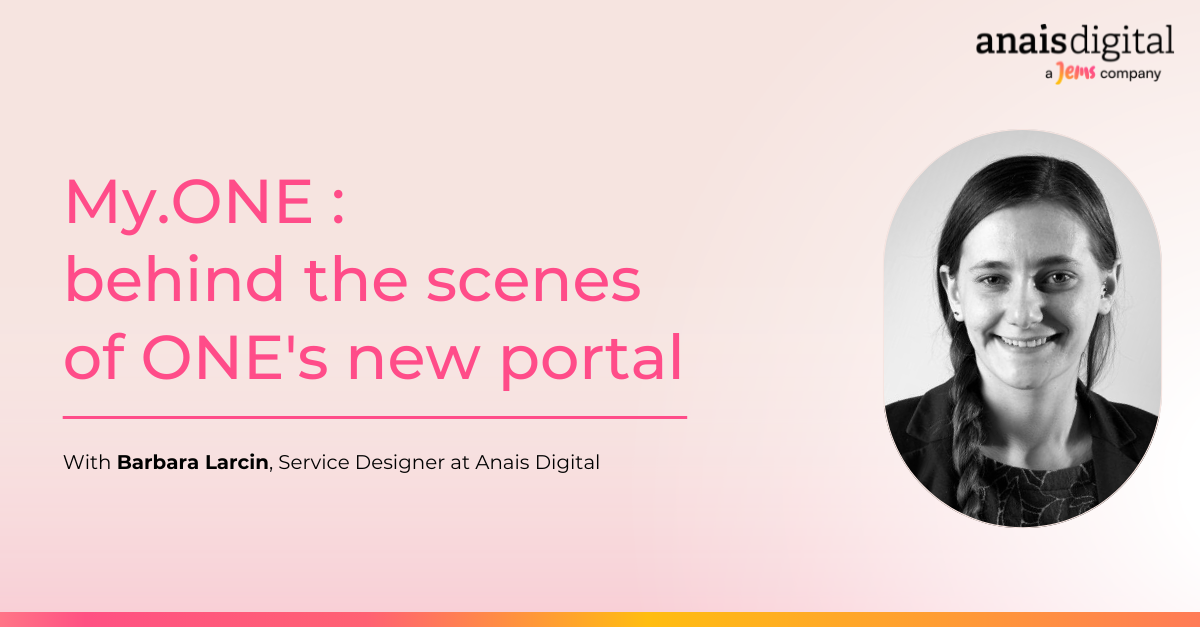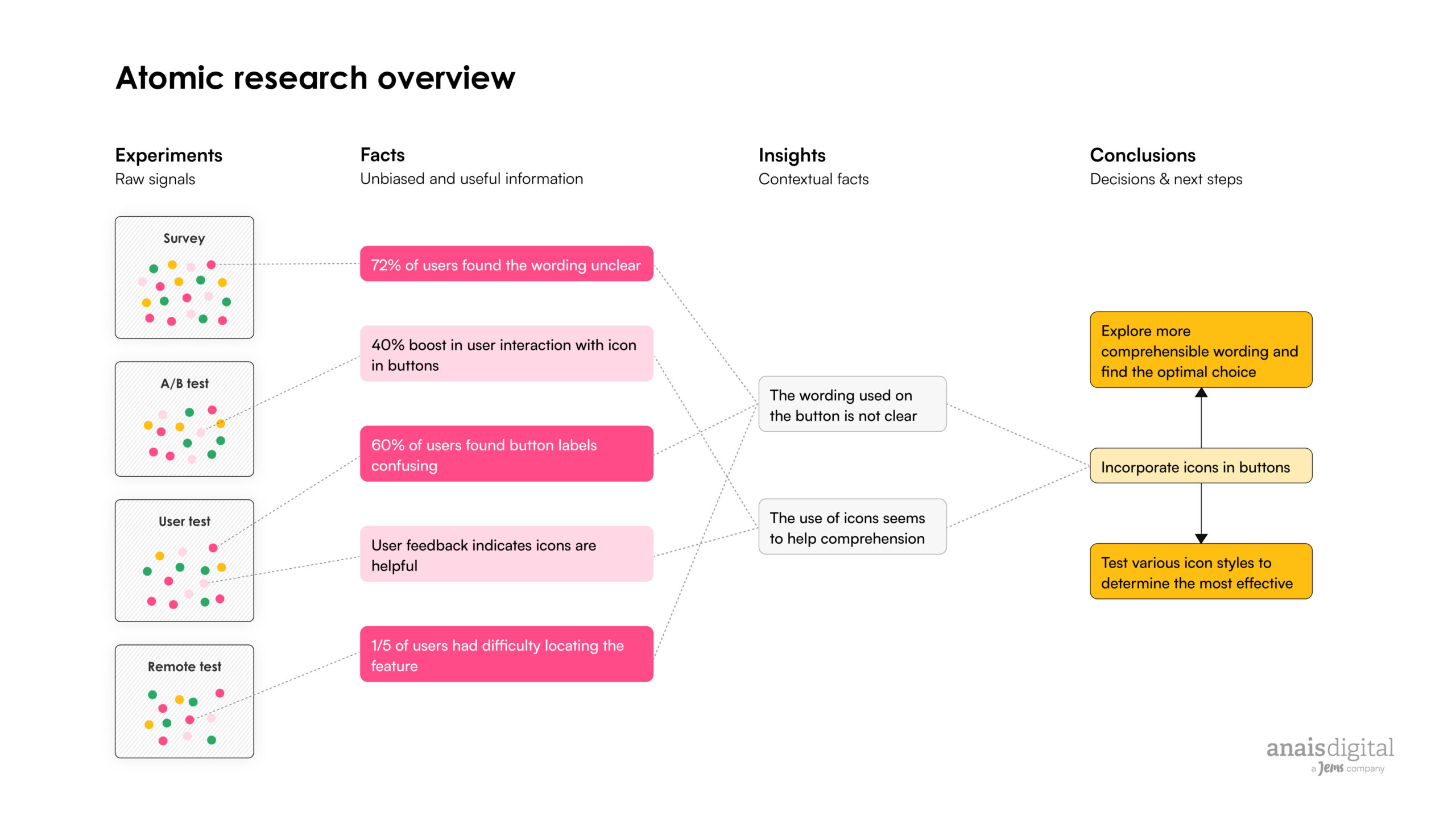
When it comes to digitalization and IT development, one of the most difficult decisions companies have to make is whether to outsource or keep an in-house IT team to manage a digital project.
To carry out a digital project, or develop a digital product/service (or to develop a mobile application), you can take many different paths.
Depending on your needs and the size of your project, you can consider several models, such as in-house development, nearshoring, offshoring and onshoring. To achieve good results, you can also work with a digital agency.
Each model has its own advantages and disadvantages and it is critical to understand the differences before deciding which approach to take for your project.
Continue reading to learn more about each of these models and when you should use them.
Insourcing vs. outsourcing in IT

1. Insourcing
Insourcing is the practice of assigning a project to an individual or department within the company instead of hiring a third party. In this model, resources developed within the organization are used to perform tasks or achieve an objective. In the context of an IT development project, this could mean recruiting developers directly from within a company in order to have them work closely with the other teams involved in the project.
The main advantage of this solution is that it allows better control of the development process while working with a team that has a better understanding of the specific needs of the business.
In addition, it may be easier to work with developers who already fit the company’s culture.
However, this solution is not without its drawbacks: insourcing can be more expensive. You have to account for related costs such as human resources management, overhead and so forth. Recruitment can also be a significant challenge: insourcing the right candidate for a project can take a significant amount of time and in-house developers tend to be less flexible than external developers.
2. Outsourcing
Outsourcing entails contracting with a third-party outsourcing company to provide services that are typically done by internal employees.
Outsourcing can be used in many areas, from customer service, IT project, web development, software development and application development.
When done correctly, outsourcing yields high quality results while saving companies time and money.
There are 3 main types of outsourcing:
- Nearshore development : Nearshoring involves contracting with a company located in a nearby country. This model is generally advantageous because it is often easier to communicate and collaborate when working with a remote team who is close by. In addition, nearshore companies are in similar time zones, which can simplify project management.
- Offshoring : Offshoring is the process of contracting with a company located on another continent. Offshoring allows a business to access a larger talent pool, located anywhere in the world and find companies that specialize in specific services, at a very low rate. However, offshore development can create communication and project management challenges.
- Onshore development : Onshoring means contracting with a company in the same country. This approach removes the need for talent recruitment and allows project managers to closely follow product development and conduct face to face meetings when needed. However, this solution generally costs more than offshoring or nearshoring.

Advantages and disadvantages of each model

When choosing a model for a digital product project, it is important to consider several factors:
- the specific needs of the project and client
- the nature of the project
- costs and budgets
- the time frame
- the level of quality desired
- the size and composition of internal teams
Here is an overview of the pros and cons of each model.
1. Hiring an in-house software development team
Pros
There are many factors to consider when deciding whether to hire an in-house development team (insourcing).
The biggest advantage is the ease of communication. An in-house team facilitates time tracking and project management.
Employees are immersed in company culture and understand the business processes in place. As a result, briefs require much less effort and developers do not need a lot of instructions and explanations.
Managers also tend to have more confidence in in-house teams as they were usually involved in the team’s recruitment and skill development.
Cons
When it comes to development, hiring an in-house team also has its drawbacks.
Hiring an in-house team can be costly if there isn’t a high volume of projects for them to work on. This model also requires that employers spend more time on human resources to ensure that teams are properly staffed. The loss of an employee can significantly delay a project’s development.
One way to avoid these problems is to outsource.
2. Outsourcing to a nearby country (nearshoring)
Pros
Nearshore IT teams often have less cultural differences than offshore teams, which allows for better communication.
Teams are also in similar time zones, avoiding communication problems associated with different time zones when offshoring.
They are generally more transparent than offshore teams, making it easier to monitor progress and results.
Finally, nearshore outsourcing is more cost effective for a business than in-house or onshore development.
Cons
Although less costly than in-house or onshore development, nearshore IT teams are generally more expensive than offshore teams.
While many nearshore IT teams have a wide range of skills, some focus on specific technologies or platforms.
3. Outsourcing to another continent (offshoring)
Pros
On average, offshore outsourcing costs 15% less than in-house or onshore development. This percentage can increase to 40% in some situations. This is due to the lower cost of labour in some countries.
In addition, offshore teams may have skills that are not available in the local market, making it a cost-effective option.
An offshore team can be expanded or downsized relatively easily, as required by the project.
The teams can often execute projects more quickly than nearshore or onshore teams, as they are less constrained by red tape.
Cons
Cultural and language barriers can make communication difficult between offshore team members and project managers, in-house teams and even clients.
Offshore teams often work in a different time zone, which can lead to delays in communication.
The offshore model can often be less transparent than nearshore models, making it difficult to monitor progress and results.
Finally, IT teams may be more dependent on factors such as internet connectivity and power supply stability, which can lead to service interruptions.
4. Outsourcing in the same country (onshoring)
Pros
The absence of language and cultural barriers facilitates communication between your teams and the outsourced team. This makes it easier to make decisions and reduce delays.
This modem avoids the potential tax problems that can exist with nearshoring and offshoring.
Onshoring is more affordable than in-house development.
Cons
It is more difficult to find specialized companies as the level of skills and expertise can be limited.
Compared to other outsourcing solutions, onshoring is the most expensive.
It is more difficult to have control and ensure the quality of the work of the outsourced teams compared to an in-house team.
Conclusion
To successfully complete a digital project, a company has to make a choice between in-house and outsourced development.
- Outsourcing is a widely used model due to its many advantages but given the different models available, companies have to be sure to select the best one for each project.
- Nearshoring is often the best option for small to medium-sized projects that require close communication and collaboration.
- Offshore development can be a good choice for large projects that require highly specialised services. It can also be the best option if lowering costs is more important than quality.
- Onshore development can be a great option for companies that don’t have the resources for in-house recruitment but still want optimal communication and the shortest possible turnaround.
- In-house development can be suitable for large projects that necessitate having direct control over the development process and a good understanding of the specific business needs.
Of course, there are always exceptions. Nearshoring may end up being the best option for a large project or an in-house team could be the best choice for a small project.










